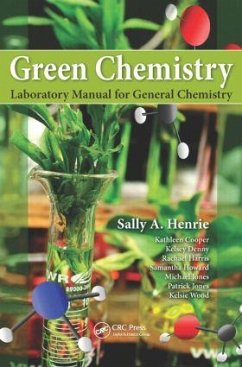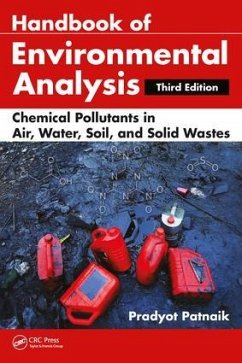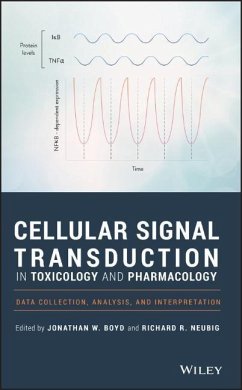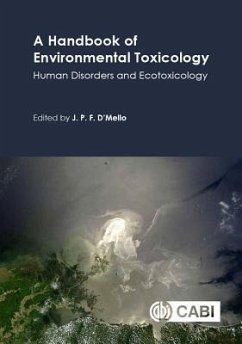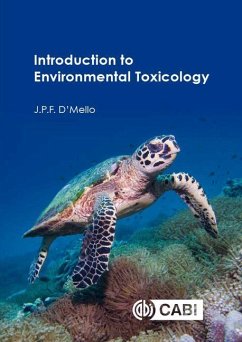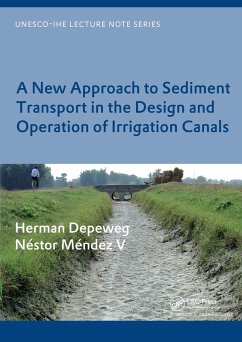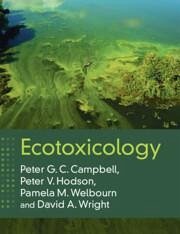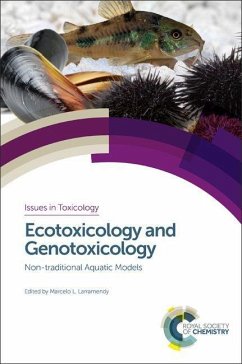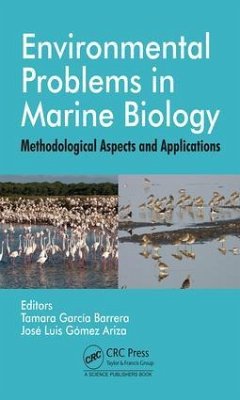Mike Newman is currently the A. Marshall Acuff, Jr. Professor of Marine Science at the College of William and Mary School of Marine Science where he also served as Dean of Graduate Studies from 1999 to 2002. Previously, he was a faculty member at the University of Georgia's Savannah River Ecology Laboratory. His research interests include quantitative ecotoxicology, environmental statistics, risk assessment, population effects of contaminants, metal chemistry, bioaccumulation and biomagnification modeling, and during the last 15 years, qualities of innovative concepts and technologies that foster or inhibit their adoption by the ecotoxicology scientific community. In addition to more than 150 articles, he authored six books and edited another five on these topics. He served numerous international, national, and regional organizations including the OECD, US EPA Science Advisory Board, US EPA ECOFRAM, US EPA STAA, and the US National Academy of Science NRC. He was a Fulbright Senior Scholar and a Government of Kerala Scholar in Residence/Erudite Scholar. In 2004, the Society of Environmental Toxicology and Chemistry (SETAC) awarded him its Founder's Award, "the highest SETAC award, given to a person with an outstanding career who has made a clearly identifiable contribution in the environmental sciences." In 2014, he was named a SETAC Fellow for "long-term and significant scientific and science policy contributions."






